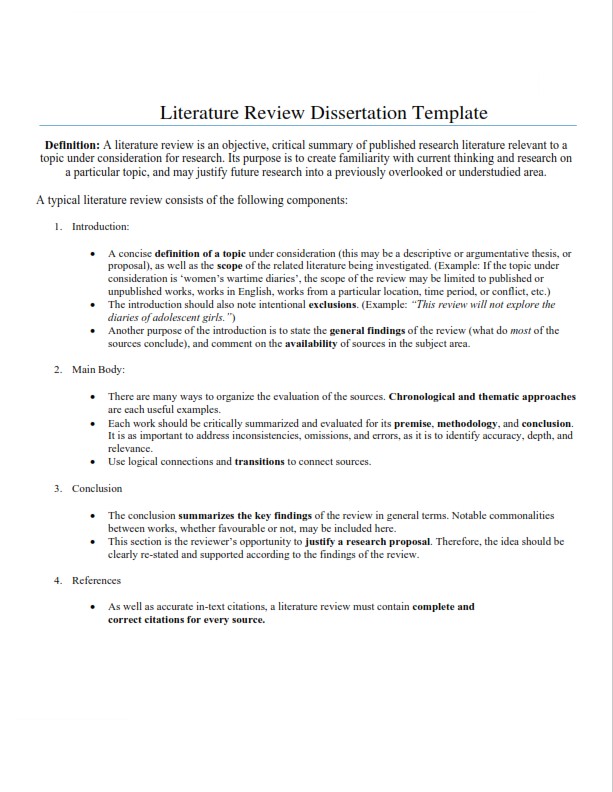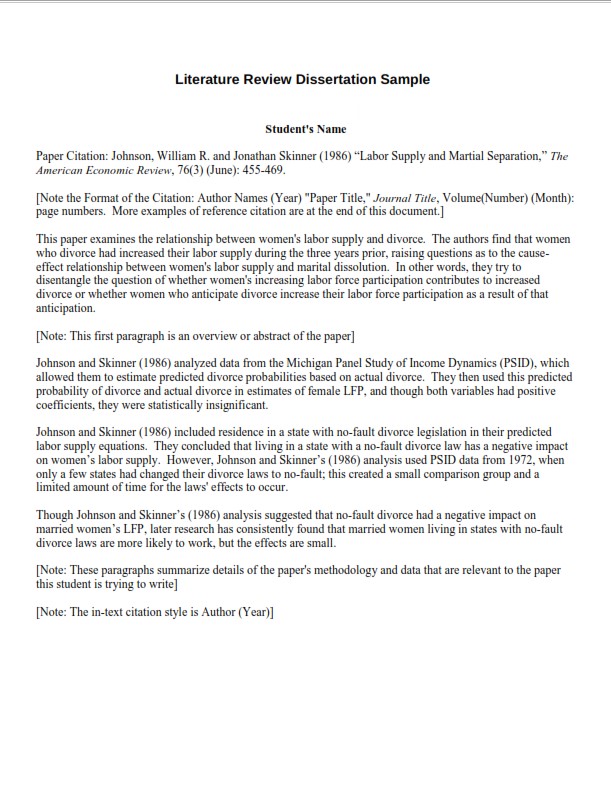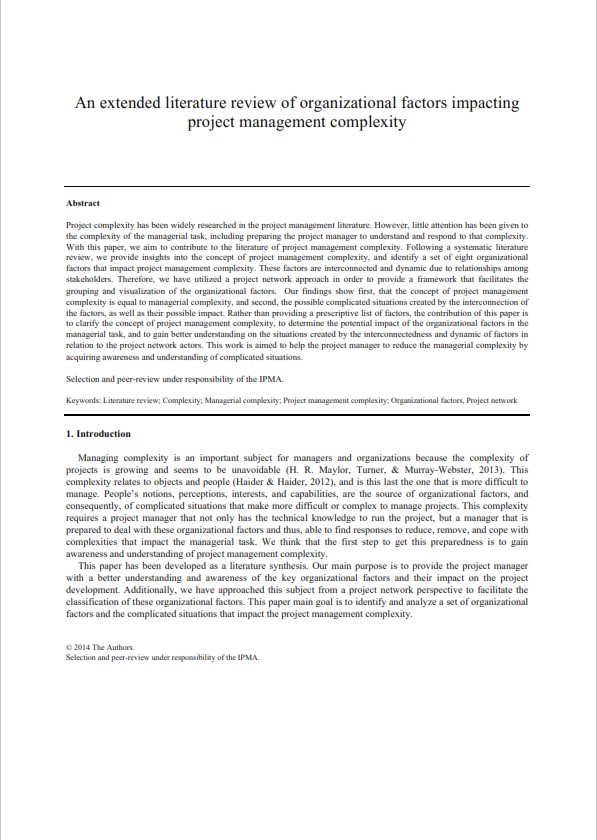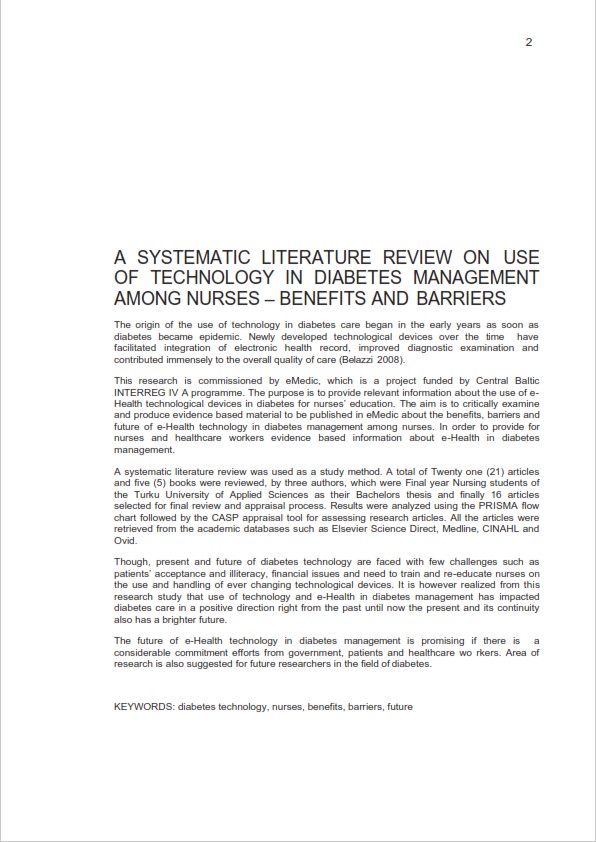Learn How to Write a Literature Review Dissertation

Writing a dissertation, thesis, or any form of academic work that involves a literature review is a tough task for some students. A good literature review helps to make your research work noteworthy.
However, you face difficulty in writing the literature review for a dissertation. Continue reading this blog and get to know about how to create a well-written literature review dissertation.
Contents
What is a Literature Review for a Dissertation?
The literature review plays a vital role in the dissertation. It's a summary and analysis of all sources on that specific topic. Also, it highlights the current state of research in the defined area.
The main purpose of the literature review in the dissertation is to:
- Identifying the research gaps that you need for future research.
- Demonstrate that you are well-read in your research area.
- Determine relevant theories and methods.
- Prove that your dissertation is a starting point for future debates and ideas.
- Help to lay the foundation for your research.
- Provides you with opposing viewpoints.
Moreover, the literature review is not about citing sources but also about analyzing, synthesizing, and critically evaluating to give a complete picture of the subject. Also, it is a necessary part of the research work, and it can also be set and assessed as a standalone piece of work.
A good literature review for a dissertation should be:
- Clear and concise.
- Structured in a correct format.
- Contains a wide range of sources.
However, when writing the literature review for a dissertation, you have to consider your audience. Since a review can have different audiences, it is important that you consider why and for whom you are writing your review.
Literature Review Dissertation Outline
For a good literature review, you should know how to structure it. Its outline structure is similar to an essay format, and it contains the following parts:
Introduction
- Define your research topic.
- Mention the scope.
- State the aims and reasons for the review.
- Explain the gaps and how your research will fill up those gaps.
- Describe the inclusion and exclusion in your research.
Main Body
- Organize the literature in paragraph format.
- Give a wider view of literature sources that are reviewed to the specific focus of your research.
- Start with the topic and move to specify the research question.
- Future work of the selected research area.
Conclusion
- Summarize the main aspects of the literature review.
- Evaluating it and identifying gaps in knowledge.
- Mention the research gaps in the existing research.
- Outline the future area of study.
Follow the proper structure and write a great literature review for your dissertation. Moreover, no matter which structure you choose for writing the literature review, make sure it is well-written. However, you must discuss what other studies have been done and how it relates to your work.
Related: Dissertation Structure - A Step by Step Format Guide
How to Write a Literature Review Dissertation?
Writing a literature review for a dissertation brings together what others have done in your field and how they've contributed. However, it takes some planning and preparation.
Therefore, for your help, we gathered some steps that help you write a perfect literature review for the dissertation.
-
1. Reviewing the Literature
-
2. Create a List of Keywords
-
3. Search Relevant Sources
To write a great literature review, you need to define the topic clearly. Once you know the topic, you start gathering the relevant literature related to your research questions or problems.
Also, you have to develop a central question and choose a focus for your search. For a research question, you need to be answered without gathering the original data. Though, it is based on the review of existing publications.
For your research question, you will need to find all the keywords that are linked with it. This includes each of the concepts and variables that are important as well as its synonyms, if possible. You might be able to add more to this process when you discover something new during your search.
For searching the sources, use your keywords. Here are some useful databases that help you to search for relevant journals and articles.
- JSTOR
- Google Scholar
- Inspec
- EBSCO
- University library catalog
- Medline
Also, you can use boolean operators (AND, OR, NOT) to bias your research. Further, when you find the relevant source, check its bibliography or references list to collect other useful sources.
4. Read and Analyze all the Sources
When you collect all the literature reviews, now you start reading and organizing them. Group them according to the topic that helps you while writing.
Also, when you take notes, ask yourself the following questions about each text.
- What methods do the other scholars use for their research work?
- What are the results of the study?
- What is the theoretical framework used?
- What type of text is it?
- What are the methods, theories, and models the researcher uses?
- What are the conclusions?
However, the sources that you use are collected from trustworthy sources. Also, find how many times Google Scholar has cited this research paper. The highly cited source means that you can easily add it to your literature review.
5. Write Short Summaries
Try to write a one-paragraph summary of each relevant text that is similar to an abstract. It helps in your writing phase.
6. Take Notes and Cite your Sources
You must keep track of all your sources that you include in your literature review. It can also be helpful to avoid plagiarism and create an annotated bibliography without any difficulty. Knowing how to cite a dissertation is important to avoid plagiarism.
7. Choose a Literature Review Dissertation Structure
Numerous ways are available to organize the literature review body. However, you should have an idea before starting to write it. You can combine several strategies in:
- Chronological: In this strategy, you can avoid summarizing the sources.
- Thematic: Organize into subsections that convey the uncommon aspects of the topic.
- Methodological: If sources take from different fields that use several research methods. Then you should compare the results and conclusions.
- Theoretical: You can use the review to argue several theories, models, and definitions of key concepts or combine them into one framework that outlines your research.
8. Create a Literature Review Dissertation Outline
Like other types of academic writing, it is important to create an outline. With the help of an outline, you will easily create the literature review. It works as a roadmap, and you should follow it throughout the writing process.
As previously discussed, the outline contains an introduction, body paragraphs, and conclusion.
These sections are divided according to the length of the literature review. Also, use transition words between and within the sentences to maintain the flow between them.
9. Proofread
Once you complete it, check the entire literature review and remove all the mistakes. Review all the sections again and make sure that it is free from all errors.
Check out the following template to understand the literature review proposal in detail.
Literature Review Dissertation Examples
Here are some examples that will help you write a literature review of a dissertation.
Useful Tips for Writing Dissertation Literature Review
The following are the tips that will help you in writing the literature review of the dissertation.
- Follow the proper structure of the literature review.
- Search the literature from credible sources.
- Develop a strong argument.
- Conduct a thorough literature survey before you begin.
- Conclude it properly.
Now, you get a complete guide to the dissertation literature review. However, you need professional help writing the dissertation, thesis, and research proposal for your research project. Consult GradSchoolGenius.
Our professional writers provide the best dissertation writing services for all types of academic writing.
So, contact us now and get high-quality writing services at affordable rates.



